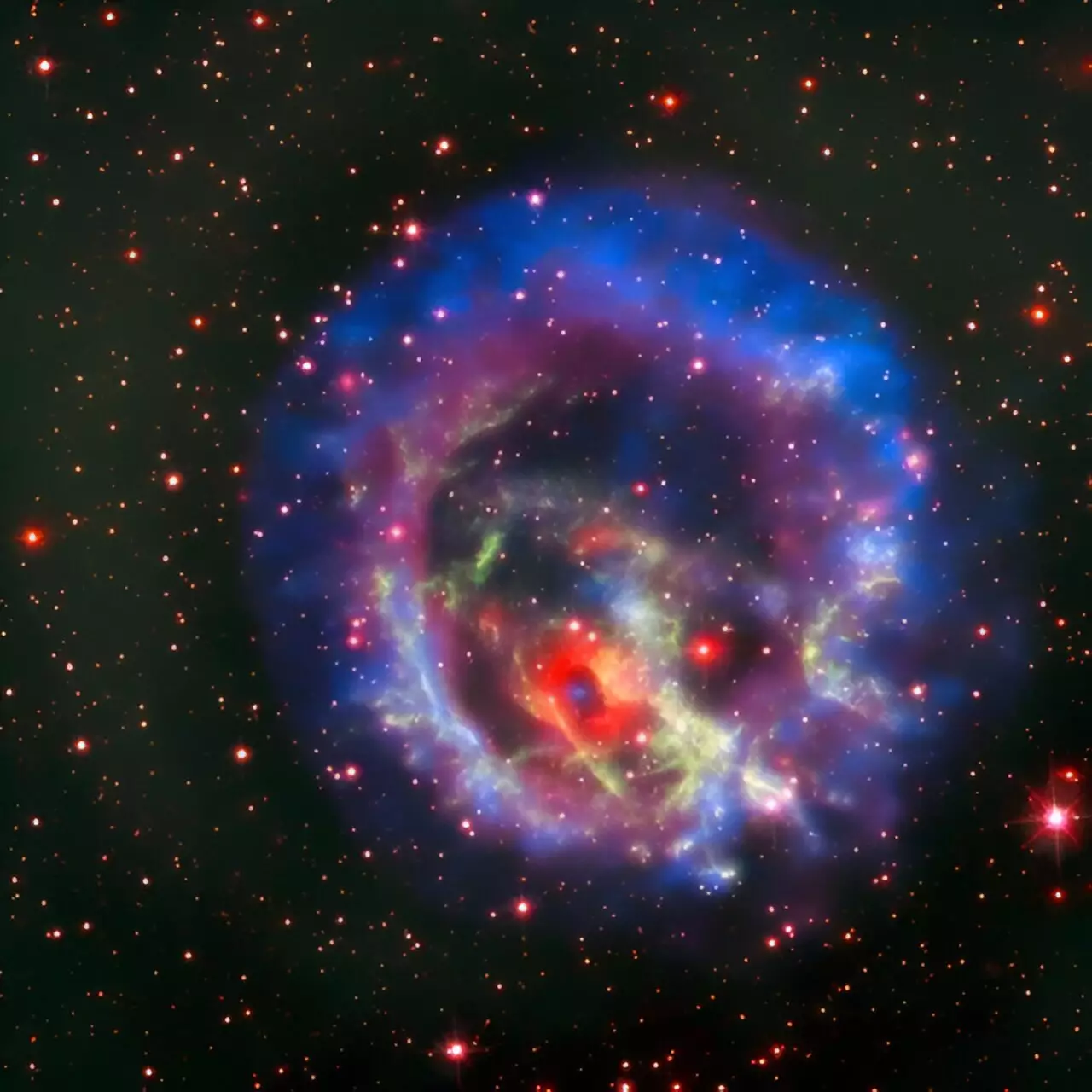As scientific endeavors continue to probe the origins of our universe, researchers worldwide are preparing for groundbreaking lab experiments aimed at recreating a unique phase of matter known to have existed shortly after the Big Bang. This phase, characterized by extreme conditions, promises to unveil both the enigma of matter composition and the formation of fundamental particles. While the primary objective is to investigate this high-energy state, a theoretical study led by RIKEN physicist Hidetoshi Taya reveals an exciting byproduct: the potential generation of the world’s strongest electromagnetic fields during these collisions. This unexpected revelation could open unprecedented avenues for exploring the fundamental laws of nature.
At the heart of this research lies the Standard Model of particle physics, which posits that when matter is subjected to extreme temperature and pressure, it forms a plasma composed of quarks and gluons. These subatomic particles collectively represent the fundamental constituents of protons and neutrons. Despite the theoretical foundation supporting this model, significant uncertainties linger, particularly at high densities akin to those found in neutron stars or during supernova explosions. As Taya articulates, rigorous experimental validation is critical to substantiate these theoretical frameworks. With advancements in accelerator technologies, physicists are now attempting to collide heavy ions—charged atomic clusters—at intermediate energies, a shift that signals new methodologies in the field.
Historically, particle physics experiments have primarily harnessed high-energy collisions to generate the necessary heat for creating quark-gluon plasma. However, recent efforts are pivoting toward intermediate energy collisions that promise to yield higher density plasmas. This transition is not merely a methodological nuance but a significant leap toward recreating the conditions of the early universe. Taya explains that achieving these conditions is pivotal for understanding the basic building blocks of matter and the processes that subsequently led to the cosmos as we know it.
While investigating these heavy-ion collisions, Taya observed an intriguing phenomenon: the potential creation of ultrastrong electromagnetic fields, significantly more intense than those produced by current laser technologies. His prior experiences with intense lasers underscored just how profound this distinction is—whereas an intense laser might be comparable to a hundred trillion light-emitting diodes (LEDs), they pale in comparison to the fields required for exploring so-called strong-field physics. The study recently published in *Physical Review C* details how these collision experiments can foster electric fields robust enough for unprecedented explorations of strong-field phenomena.
Despite the promising theoretical groundwork laid by Taya and his colleagues, the road ahead is fraught with practical challenges. The ultrastrong fields anticipated during these collisions cannot be directly measured; instead, physicists will analyze the properties of particles ejected from the collision processes. This indirect approach necessitates a deep understanding of how these strong electromagnetic fields impact the observable characteristics of the particles, amplifying the complexity of the experiments. As Taya emphasizes, unraveling this relationship is crucial for verifying their theoretical predictions.
Ultimately, the implications of such research extend beyond the realm of pure physics. Understanding high-density plasma and its associated electromagnetic fields may enhance our grasp of stellar formation, nuclear interactions, and the behavior of matter under extreme conditions. As physicists embark on this quest, the integration of theory and experimental practice remains vital. The combination not only seeks to illuminate our origins but also poses the tantalizing prospect of uncovering new realms of physics previously shrouded in mystery. In the pursuit of such knowledge, the interplay between the known and the unknown continues to drive scientific innovation and curiosity.


Leave a Reply